The Motif of the Messianic
The Motif of the Messianic
Law, Life, and Writing in Agambens Reading of Derrida
Arthur Willemse
LEXINGTON BOOKS
Lanham Boulder New York London
Published by Lexington Books
An imprint of The Rowman & Littlefield Publishing Group, Inc.
4501 Forbes Boulevard, Suite 200, Lanham, Maryland 20706
www.rowman.com
Unit A, Whitacre Mews, 26-34 Stannary Street, London SE11 4AB
Copyright 2018 by Lexington Books
All rights reserved . No part of this book may be reproduced in any form or by any electronic or mechanical means, including information storage and retrieval systems, without written permission from the publisher, except by a reviewer who may quote passages in a review.
British Library Cataloguing in Publication Information Available
Library of Congress Cataloging-in-Publication Data
Names: Willemse, Arthur, author.
Title: The motif of the Messianic : law, life, and writing in Agambens reading of Derrida / Arthur Willemse.
Description: Lanham : Lexington Books, 2017. | Includes bibliographical references and index.
Identifiers: LCCN 2017048469 (print) | LCCN 2017050626 (ebook) | ISBN 9781498544122 (Electronic) | ISBN 9781498544115 (cloth : alk. paper)
Subjects: LCSH: Derrida, Jacques. | Agamben, Giorgio, 1942
Classification: LCC B2430.D484 (ebook) | LCC B2430.D484 W545 2017 (print) | DDC 195dc23
LC record available at https://lccn.loc.gov/2017048469
 The paper used in this publication meets the minimum requirements of American National Standard for Information SciencesPermanence of Paper for Printed Library Materials, ANSI/NISO Z39.48-1992.
The paper used in this publication meets the minimum requirements of American National Standard for Information SciencesPermanence of Paper for Printed Library Materials, ANSI/NISO Z39.48-1992.
Printed in the United States of America
Contents
Works by Giorgio Agamben
HS | Homo Sacer: Sovereign Power and Bare Life (Stanford: Stanford University Press, 1998). |
IH | Infancy and History: Essays on the Destruction of Experience (London: Verso Books, 1993). |
KG | The Kingdom and the Glory: For a Theological Genealogy of Economy and Government (Stanford: Stanford University Press, 2011). |
LD | Language and Death: The Place of Negativity (Minneapolis: University of Minnesota Press, 2006). |
P | Potentialities: Collected Essays in Philosophy (Stanford: Stanford University Press, 1999). |
RA | Remnants of Auschwitz: The Witness and the Archive (New York: Zone Books, 1999). |
SAT | Signature of All Things: On Method (New York: Zone Books, 2009). |
TCC | The Coming Community (Minneapolis: The University of Minnesota Press, 1993). |
TO | The Open: Man and Animal (Stanford: Stanford: University Press, 2004). |
TTR | Giorgio Agamben. The Time that Remains: A Commentary on Pauls Letter to the Romans (Stanford: Stanford University Press, 2000). |
Works by Jacques Derrida
ATS | with Maurizio Ferraris. A Taste for the Secret (London: Verso, 1999). |
FK | Faith and Knowledge: The Two Sources of Religion at the Limits of Reason Alone. In Religion (Cambridge: Polity Press, 1998). |
OG | Of Grammatology (Baltimore: The John Hopkins University Press, 1976). |
ON | On the Name (Stanford: Stanford University Press, 2005). |
SM | Specters of Marx: The State of the Debt, the Work of Mourning, and the New International . London: Routledge, 1994). |
SP | Speech and Phenomena: and Other Essays on Husserls Theory of Signs (Evanston: Northwestern University Press, 1973). |
SQ | Sovereignties in Question: The Poetics of Paul Celan (New York: Fordham University Press, 2005). |
WD | Writing and Difference (London: Routledge, 2005). |
Other works
AI | William Watkin. Agamben and Indifference: A Critical Overview (Lanham: Rowman and Littlefield, 2014). |
AT | Colby Dickinson. Agamben and Theology (New York: T&T Clark, 2011). |
BP | Jean-Luc Nancy. The Birth to Presence (Stanford: Stanford University Press, 1993). |
MM | Michael Naas. Miracle and Machine: Jacques Derrida and the Two Sources of Religion, Science, and the Media (New York: Fordham University Press, 2012). |
OAO | Gert-Jan van der Heiden. Ontology After Ontotheology: Plurality, Event, and Contingency in Contemporary Philosophy (Pittsburgh: Duquesne University Press, 2013). |
Plato | The Collected Dialogues of Plato, Including the Letters (Hamilton: Princeton University Press, 1961). |
PL | Adam Kishik. The Power of Life: Giorgio Agamben and the Coming Politics (Stanford: Stanford University Press, 2012). |
R | Jean-Jacques Rousseau. The Reveries of the Solitary Walker (Cambridge: Hackett, 1992). |
RATL | Martin Hgglund. Radical Atheism: Derrida and the Time of Life (Stanford: Stanford University Press, 2009). |
SN | Adam Thurschwell. Specters of Nietzsche: Potential Futures for the Concept of the Political in Agamben and Derrida. Cardozo Law Review 24 (2004): 1193. |
TTS | Kevin Hart, The Trespass of the Sign: Deconstruction, Theology and Philosophy (Cambridge: Cambridge University Press, 1989). |
There are many people who contributed to the work done on this study, some of whom I would like to thank here. I was very lucky to receive the support of my liaisons at Lexington Books, Jana Hodges-Kluck and Rachel Weydert. Dawid Kulakowski was kind enough to translate the statement from Sklepy Cynamonowe I use as an epigraph. I am particularly grateful to Ashley Valmere Fischer, for permission to use her work Controlled Burn on the cover of this book. Furthermore, I am grateful to Stanford University Press and New York Review of Books Classics for permission to quote from their titles, as indicated in the endnotes.
Dr. Paul Davies at the University of Sussex has been my mentor since 2010 and I would like to thank him for his guidance. The conversations we shared have been an incredible source of inspiration to me. Another important teacher I would like to thank is Professor Gert-Jan van der Heiden at the Radboud University, Nijmegen, the Netherlands.
Professor Tanja Staehler at the University of Sussex and Professor William Watkin at Brunel University have both made an invaluable contribution to this study, doing me the honour of carefully reading my work and discussing it with me, allowing me to improve it significantly. This is true also of the anonymous reviewer who read my manuscript. Dr. Daniel Steuer at the University of Brighton was generous with his time as we discussed a vital element of this study.
I am lucky and grateful to have a circle of a friends and colleagues with whom I discussed many aspects of my work, and who helped me in many other ways. Many thanks, especially to Bart van Oost, Frank Diepenmaat, Jacob Berkson, Chris Allsobrook, Noah Gabriel Martin, Simon Mussell, Beth Mills and Jenny Diggins, Alia Aghajanian and Eric Kasper, Florian Herzog and Lena Lengemann, Oli Sharpe, German Primera, Sander Lestrade, Niek Hermsen, Taco Hidde Bakker, and Naysan Adlparvar. Robin van der Sligtegreatly missed, warmly rememberedwas also among these friends. For their support and interest, many thanks to the extended Oosterom family, Hans, Joke, Jurian, and Paul, Marit and Feran Franssen.


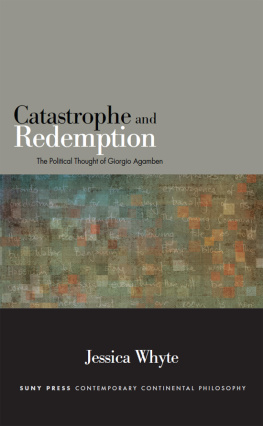

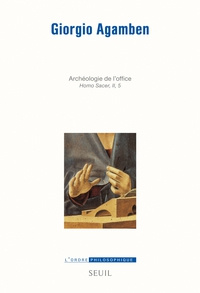
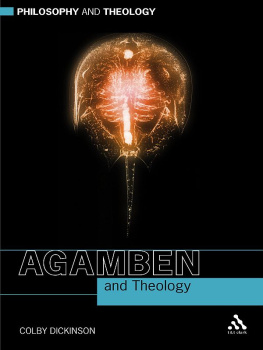

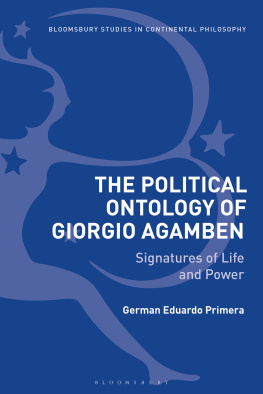
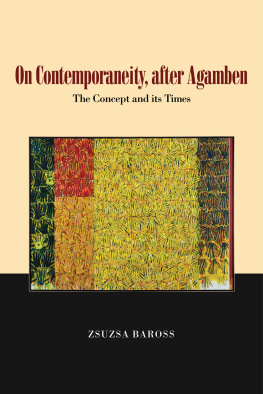
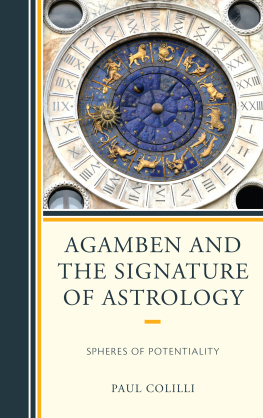
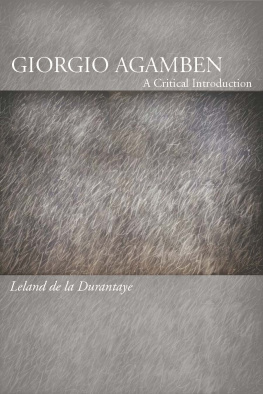
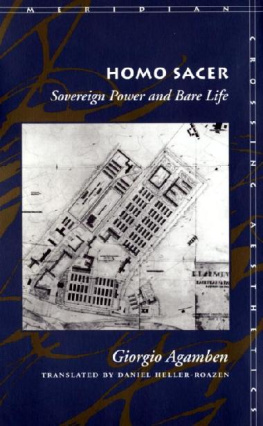

 The paper used in this publication meets the minimum requirements of American National Standard for Information SciencesPermanence of Paper for Printed Library Materials, ANSI/NISO Z39.48-1992.
The paper used in this publication meets the minimum requirements of American National Standard for Information SciencesPermanence of Paper for Printed Library Materials, ANSI/NISO Z39.48-1992.